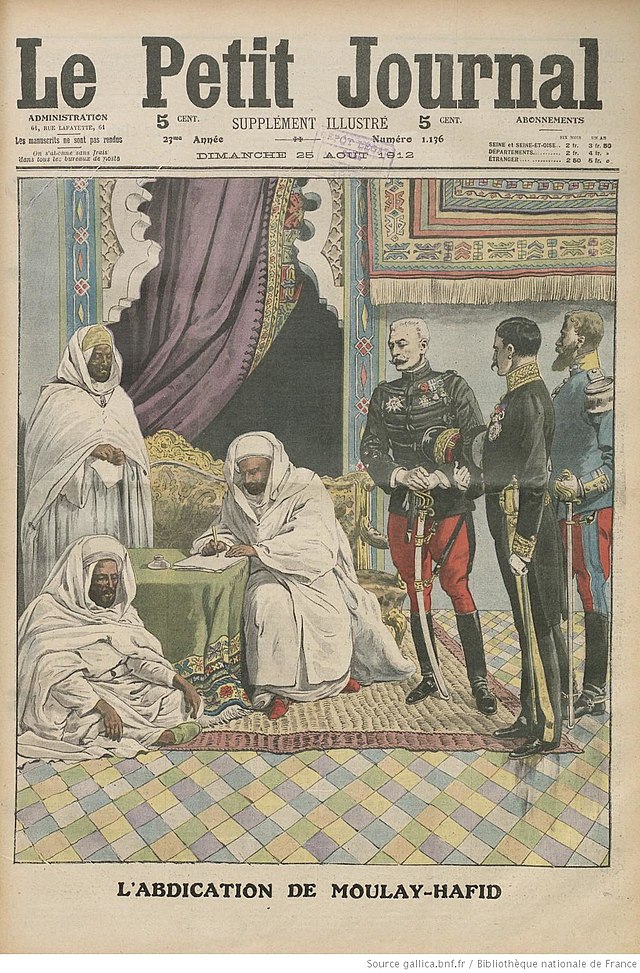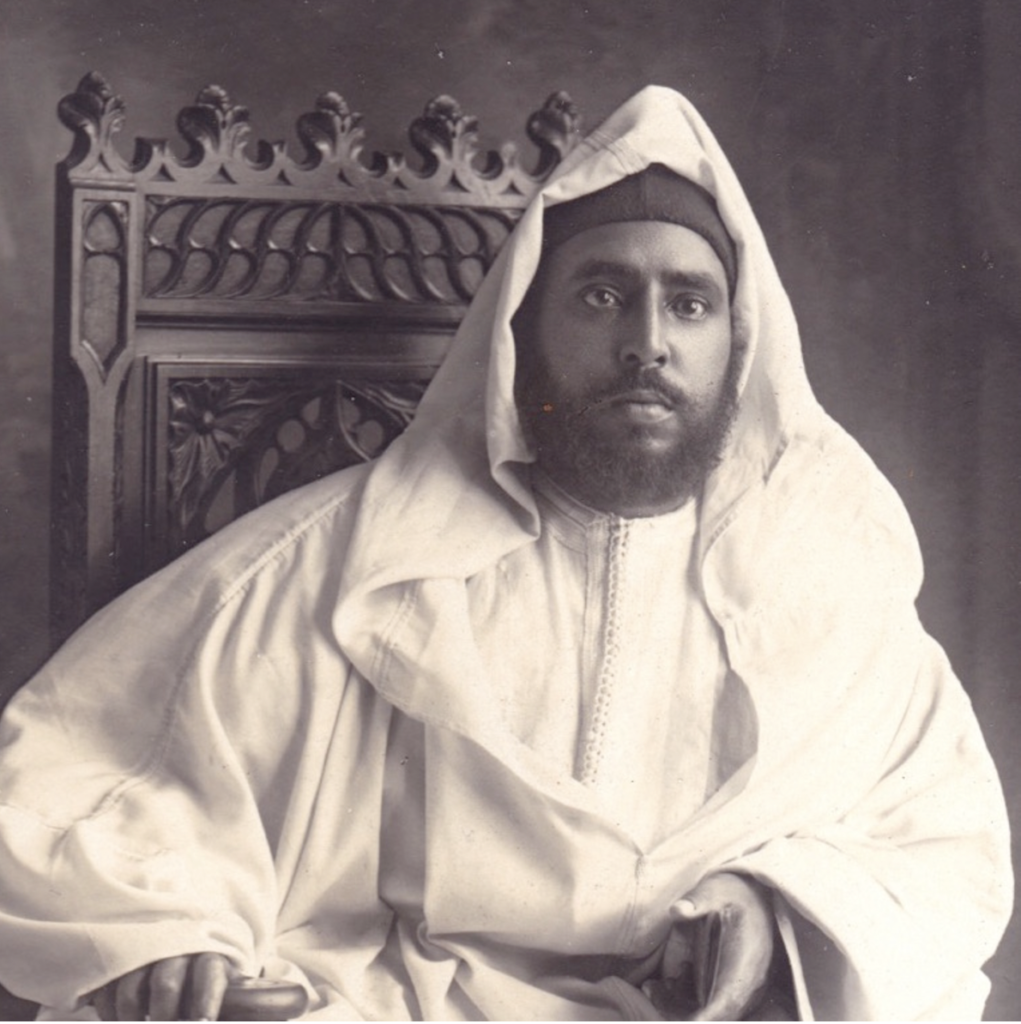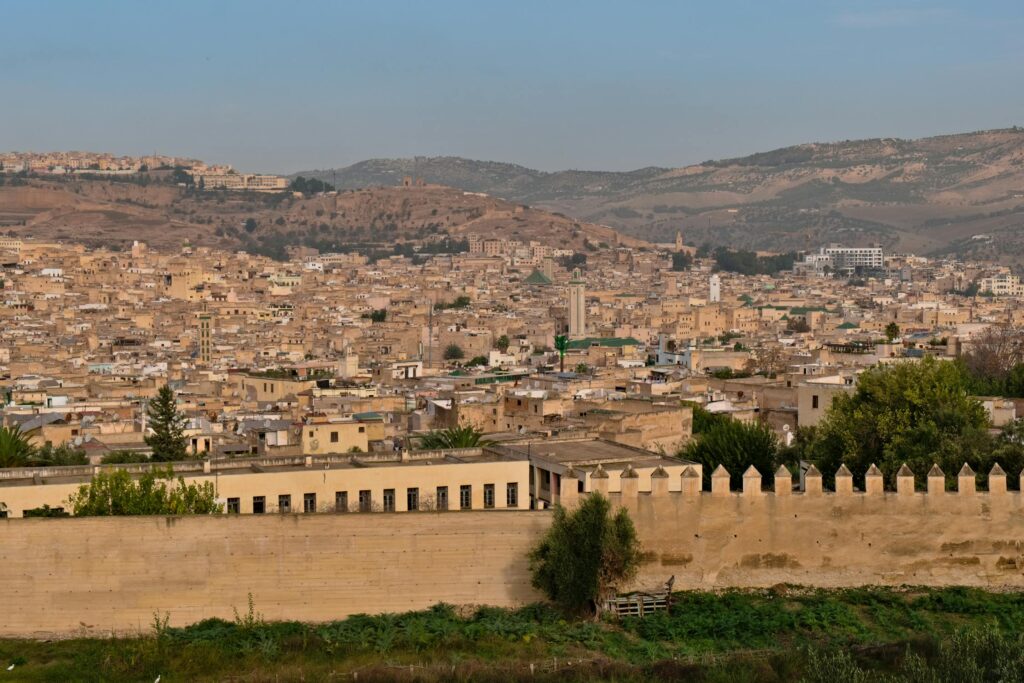The Treaty of Fes–1912: A Turning Point in Moroccan History

By: Rania Basria / Arab America Contributing Writer
The Treaty of Fes, signed on March 30, 1912, was a watershed moment in Moroccan history, creating a French protectorate over Morocco. This agreement triggered political, social, and economic developments that would have long-term consequences for Morocco. Arab America contributing writer, Rania Basria, explores the treaty’s history, important provisions, and implications.
Morocco was seen at the time as a strategically important region in North Africa due to its location at the crossroads of Europe and the Mediterranean. Throughout the late nineteenth and early twentieth centuries, European nations, mainly France, Spain, and Germany, competed for control or influence in Morocco. The competition between these powers resulted in various diplomatic crises, the most notable of which were the First Moroccan Crisis (1905-1906) and the Second Moroccan Crisis (1911), which revealed Morocco’s geo-political prominence.
These conflicts were sparked by Germany’s hostility to French authority in the region, culminating in the Agadir Crisis of 1911. During this episode, a German gunboat, the Panther, was dispatched to the Moroccan port of Agadir as a show of force, attacking French interests. This tense situation led to an agreement between Germany and France, in which France was given the right to create a protectorate over Morocco in exchange for concessions in territory from Germany elsewhere in Africa.
Morocco, on the other hand, was already in disorder from within. Sultan Mulay Abd al-Hafid ruled the country, but he struggled to keep control of the various and frequently hostile tribes that inhabited it. The central government’s influence was limited, and Morocco was suffering economic issues such as widespread poverty, underdevelopment, and inefficient governance. Morocco’s internal instability rendered it more open to outsider influence, and it was in this setting that the Treaty of Fes was signed, formalizing Morocco’s transformation from an independent kingdom to a French protectorate.

The Restructuring of Morocco’s Institutions
The Treaty of Fes gave France complete control over Morocco’s governmental and economic structures while allowing the Sultan to stay in office, albeit with significantly reduced powers. The Sultan became a figurehead, overseen by French officials. France took control of Morocco’s administration, military, and economy, and began implementing reforms to modernize the country’s infrastructure, agriculture, and industry. However, these reforms primarily supported French interests because they were intended to exploit Morocco’s natural resources and deliver economic benefits to France. The French developed a system of direct and indirect rule, with local leaders maintaining power over rural areas and centralized authority in cities such as Rabat and Casablanca.
The economic changes brought about by the Treaty of Fes were extensive. French enterprises and investors gained extensive access to Moroccan markets and resources, particularly in the mining and agricultural sectors. While this resulted in considerable modernity, such as the construction of railroads, roads, and ports, the mass of the populace did not benefit from these advances. The French frequently collaborated with the local elite, resulting in an unequal system in which Moroccan labor was abused to benefit French enterprises. French enterprises and settlers gained control of much of the land, displacing many Moroccan farmers and causing significant unrest among the indigenous population.
In terms of military authority, the Treaty of Fes authorized France to station troops across Morocco, ostensibly to preserve order and protect its interests. This military presence was critical in crushing resistance formations formed as a result of the French occupation. One of the most major uprisings was the Fez Uprising of 1912, in which Moroccan nationalists, tribal chiefs, and ordinary individuals rebelled against French control. Despite the harsh suppression of these uprisings, resistance to colonial control would simmer and gain momentum in the coming decades.
The pact also resulted in Spain obtaining control of northern Morocco, thus splitting the country’s territory among European powers. Spain was awarded a protectorate over northern Morocco, which included the Rif Mountains and the cities of Ceuta and Melilla. Morocco’s division between France and Spain added to the complications, increasing conflicts between the two colonial powers as well as among Morocco’s several regions. Tangier was also declared as an international zone, administered by multiple European nations, resulting in a distinct political entity.

Impact of the Treaty on Morocco
The Treaty of Fes had far-reaching consequences for Morocco. On the one hand, it modernized certain areas of the country, particularly in terms of infrastructure and economic development. On the other side, the treaty strengthened colonial control and continued the exploitation of Moroccan resources and labor for the advantage of French and Spanish interests. However, the Moroccan people did not remain inactive in the face of this occupation. Resistance to colonial control grew progressively over time, resulting in the formation of nationalist movements aiming to recover Morocco’s independence. Political and social parties such as the Istiqlal Party and the Nationalist Front gained traction in the 1930s and 1940s, advocating for greater independence and, eventually, the end of French control.
The struggle against colonialism culminated in 1956, when Morocco obtained independence, thereby ending the monarchy. However, the Treaty of Fes’ legacy continued to have an impact on Moroccan society, politics, and its relationship with France long after independence. The French protectorate permanently transformed Morocco’s social fabric, adopting European legal systems, educational frameworks, and administrative procedures that shaped the country’s future.
The Treaty of Fes was a watershed moment in Moroccan history, signaling the start of a long period of French colonial control. It transformed Morocco’s political, economic, and social landscape, bringing both modernization and exploitation. While the pact strengthened France’s influence over the territory, it also prompted rebellion, which eventually led to Morocco’s independence in 1956. The Treaty of Fes left a significant mark on Morocco’s battle for independence and self-determination.
Check out our blog here!








